expiredMustangdvr2b posted Sep 05, 2022 03:09 PM
Item 1 of 5
Item 1 of 5
expiredMustangdvr2b posted Sep 05, 2022 03:09 PM
2-Pack Insignia 10W Qi Certified Wireless Charging Pad
& More + Free Curbside Pickup$6.50
$24
72% offBest Buy
Visit Best BuyGood Deal
Bad Deal
Save
Share

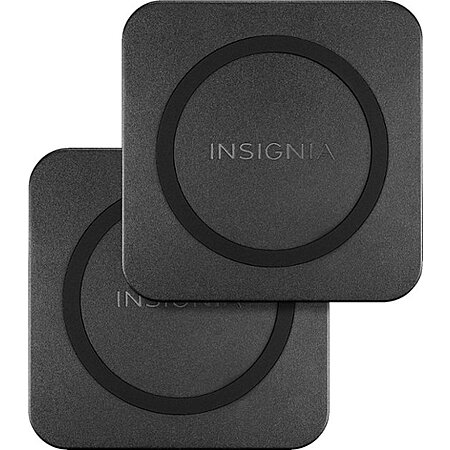
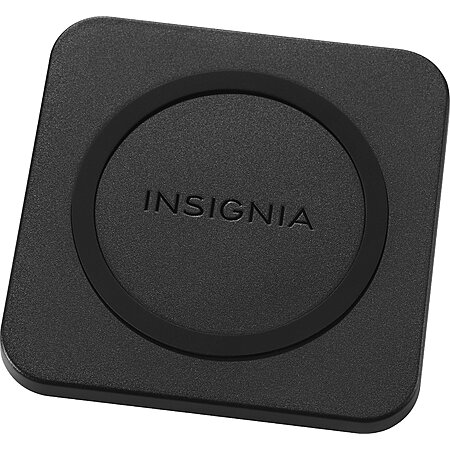
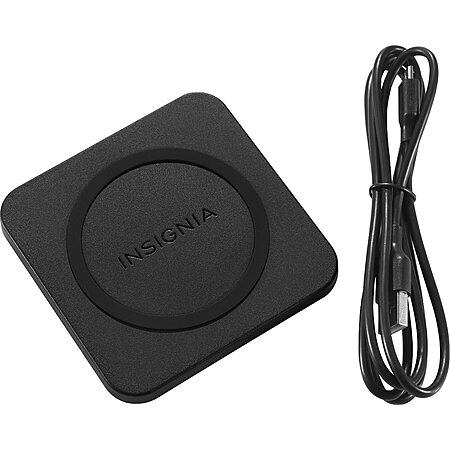
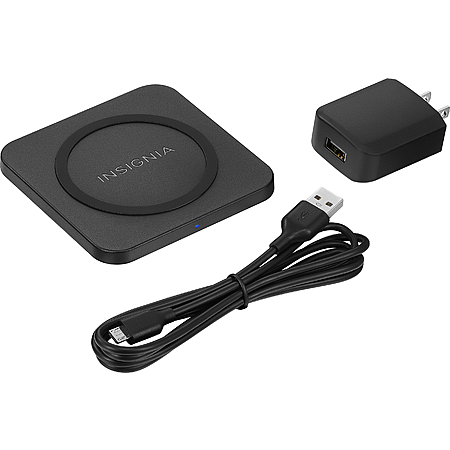
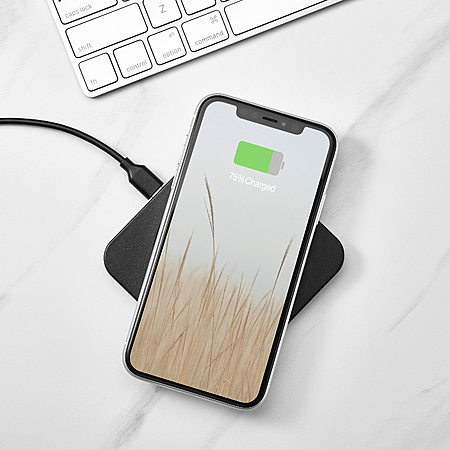

Leave a Comment
Top Comments
Now look no further than your stovetop to find an example of what happens to a copper coil through which you run an alternating current! It also doesn't help that you have to pump about twice the power into the space/air around the device relative to what can be drawn from the second coil (see my note about efficiency above). This is why 9W/10W Qi pads must be equipped with 18W charging adapters.
You may want to experiment with lower power Qi charging (5W), but ultimately if your goal is efficiency (i.e. less waste heat) there is no competing with wired charging. My favorite "terrible" idea product these days are portable battery banks with wireless charging, since for all their convenience you're basically tossing out half your battery capacity as a function of the design. MagSafe, for example, is a great way for Apple to reduce their SKUs for extended power batteries (vs. customized cases for each model), but not necessarily a massive improvement in portable power storage for the end-user.
Good luck!
Jon
The 15W charger would seem to be price very competitive with comparable Qi chargers, especially with the inclusion of the power adapter. However, the included power adapter is proprietary (so has no other application for wired charging; contrast that with the decent 18W USB quick charge adapters included with the 10W chargers that have 9V and 12V modes). Also, the Insignia 15W charger doesn't incorporate the fans or large heatsinking associated with other 15W Qi chargers. Some might consider this a benefit, but failing to address heat when 15W charging might have negative implications for your device being charged.
As with all wireless charging, about 50% or worse. MagSafe improves on that slightly thanks to getting the coils aligned as part of the system (i.e. - tightly coupling).
Personally I love using simple 5W chargers as a slow-charge option for my work desk (especially handy when dealing with a mix of device connectors). However, that is indeed a convenience and not optimal for efficiency. For that I use a dedicated 500mA wired charger for overnight charging. For those Samsung OneUI users seeking to extend the life of their battery by protecting the device from overcharging, I'd also recommend their batterv protect setting which limits charging to 85% of capacity.
Good luck!
Jon
101 Comments
Sign up for a Slickdeals account to remove this ad.
What it's good for: overnight charging, keeping at your desk to set your phone on it so you're not losing charge all day.
What it's bad for: speedy charging, sometimes makes my iPhone XS pretty warm, but that may also be a product of the case I have it in.
Overall, it was a good deal for me, especially since it's a two pack and it includes all power cables.
Our community has rated this post as helpful. If you agree, why not thank The_Love_Spud
Now look no further than your stovetop to find an example of what happens to a copper coil through which you run an alternating current! It also doesn't help that you have to pump about twice the power into the space/air around the device relative to what can be drawn from the second coil (see my note about efficiency above). This is why 9W/10W Qi pads must be equipped with 18W charging adapters.
You may want to experiment with lower power Qi charging (5W), but ultimately if your goal is efficiency (i.e. less waste heat) there is no competing with wired charging. My favorite "terrible" idea product these days are portable battery banks with wireless charging, since for all their convenience you're basically tossing out half your battery capacity as a function of the design. MagSafe, for example, is a great way for Apple to reduce their SKUs for extended power batteries (vs. customized cases for each model), but not necessarily a massive improvement in portable power storage for the end-user.
Good luck!
Jon
Our community has rated this post as helpful. If you agree, why not thank KorgGamer69
Sign up for a Slickdeals account to remove this ad.
I doubt it will charge your watch
i personally havent seen battery degradation using wireless chargers but to me the main benefit of wireless charging is keeping the usbc connector from wearing out, nothing worse than a loose connection that no longer works reliably.
The absolute worst is the one in my Tacoma. I cannot use it. It just heats the phone up and barely charges it. Toyota installing that is an absolute embarrassment, and its basically impossible to replace.
Sign up for a Slickdeals account to remove this ad.
The absolute worst is the one in my Tacoma. I cannot use it. It just heats the phone up and barely charges it. Toyota installing that is an absolute embarrassment, and its basically impossible to replace.
Leave a Comment